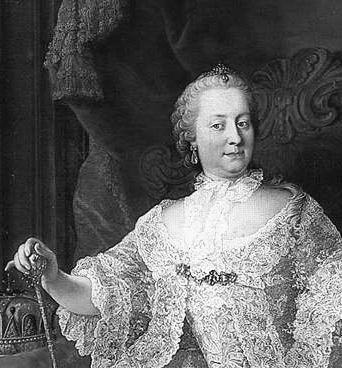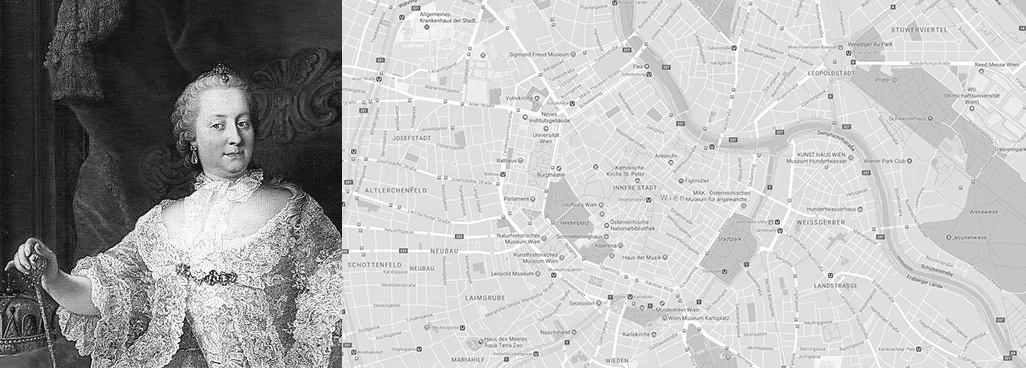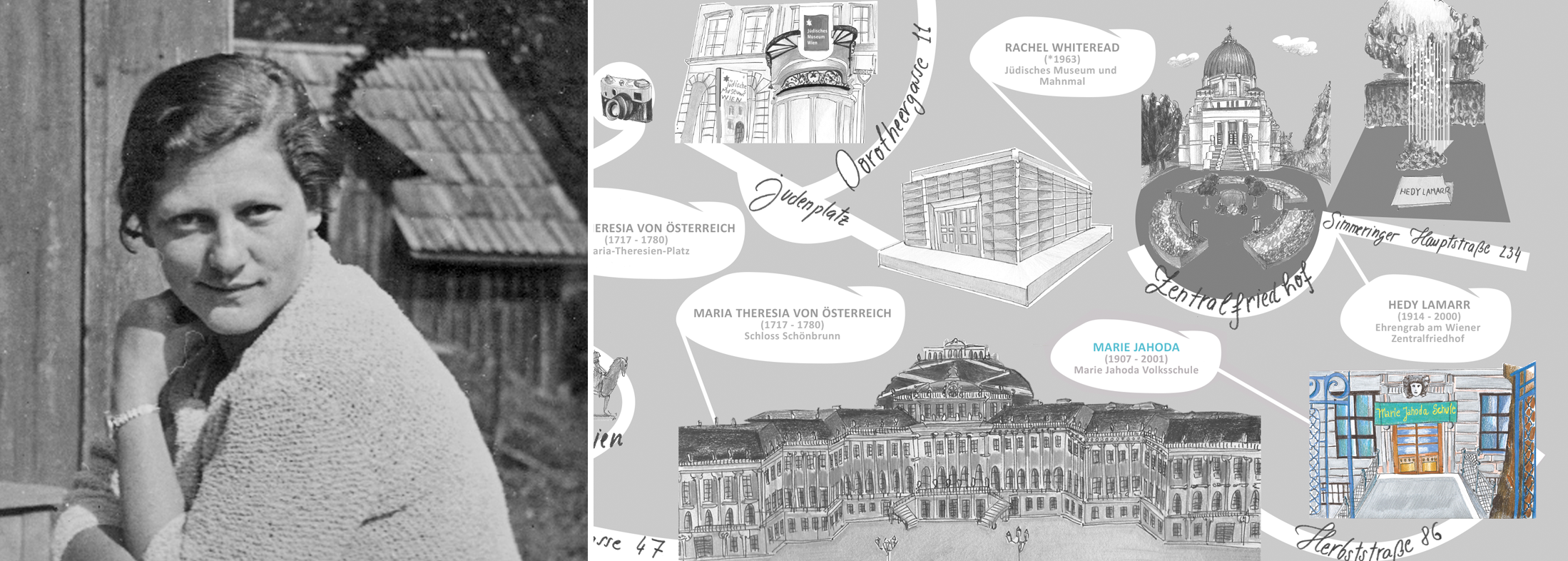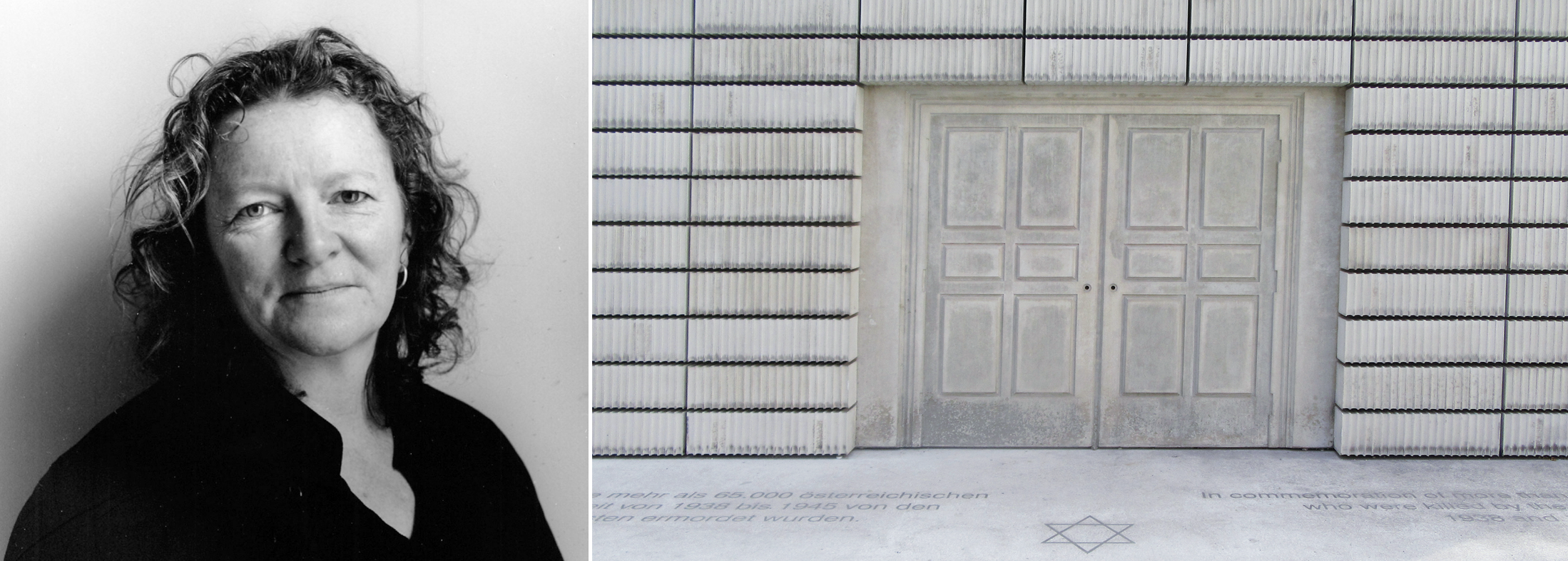EVENTS
- 08.08.2022 Danube Women Stories Exhibition in Novi Sad
- 23.10.2020 Linz Kulturquartier, Reading and Discussion
- 17.-23.05.2019 Danube Women Stories in Regensburg at World Heritage Visitor Center
- 13.-20.07.2018 Danube Women Stories in Ulm Museum, International Danube Festival
Who are they, the women who shaped the city of Vienna in former times – and who is shaping the city nowadays?
As we are celebrating her 300 anniversary this year, Maria Theresia is leading our list of famous women in history. She is our empress – even she never was crowned in an official ceremony as an empress. We not only owe her the introduction of compulsory schooling for children in Austria, but also the numbering system of houses and the paving of the streets in Vienna.
The river Danube is running through the heart of the city of Vienna. It brings with it people, thoughts and emotions, willingly absorbing also a lot of specificities of our capital town. As a mighty and powerful European river the Danube takes traces of our cultural heritage to the next stop of our journey – to Vienna’s ‘sister city’, Budapest.
Dubbed the world’s most beautiful woman in her time, what makes this actress special is really her versatility and brains, a struggle for independence and the aspiration to contribute something meaningful in the face of war – which ultimately helped pave the way for mobile phone technology!
Hedy Lamarr was born in 1914 as Hedwig Eva Maria Kiesler. She started working in the film industry as a script girl while still going to school and at only 18 years of age caused a scandal as the lead in Gustav Machaty’s “Ecstasy”, where her character was shown naked as well as her face during an orgasm in a sex scene. She married the wealthy Fritz Mandl, general director of an ammunition factory, soon after and it was this relationship that led her to acquire extensive knowledge about technical military issues. Mandl was notoriously jealous and made it impossible for her to further pursue her acting career. She left him and fled to London, where US producer and MGM director Louis B. Mayer discovered and brought her to Hollywood. Here she would be marketed as “the world’s most beautiful woman” and her face used for dolls, colouring books, posters and window displays.
She went on to star in altogether around 30 more or less successful film productions. A lesser known fact may be that together with composer George Antheil, Lamarr developed what is known as “frequency hopping”, which was later to be used as one of the most important basic principles in the invention of mobile phone technology, though at the time, her hope was to contribute to the war efforts against Hitler.
Her private life received a great amount of attention, seeing her get married six times and often going through lengthy divorce suits with her ex-husbands. Very reclusive at the later years of her life, Hedy Lamarr continued to be active, painting and inventing things such as a fluorescent dog collar and a special rubber eraser. She passed away at the age of 86 in Florida.
Since 2010, a series of lectures at the Austrian Academy of Sciences titled „Hedy Lamarr Lectures“ bears testimony to her work as an inventor and the city of Vienna awarded her with naming a street in the 12th district after her, as well as a grave of honour in 2014 – this can be found at the central cemetery of Vienna, lot 33, G, number 80.
Empress Maria Theresia is remembered and idealised as a gracious and benign “mother of the nation” and a very able politician to this day. The traces of her regency are visible in many ways and there are countless places in Vienna where we can encounter this extraordinary woman.
Born in 1717 as the oldest daughter of Elisabeth Christine und emperor Karl VI, Maria Theresia married Franz Stephan von Lothringen when she was 19 years old. The couple led a happy marriage, bearing as much as 16 children. After the death of her father, Maria Theresia came into power quite unexpectedly. In spite of her power initially being secured by a rather complicated legal structure, Friedrich II of Prussia usurped parts of the Austrian empire and other European rulers followed suit in challenging her regency. In a situation as difficult as this, she managed to act decisively and showed great skill in choosing the right advisers, reconquering all of the regions that had temporarily been lost to Prussia and France and implementing reforms for administration and tax and introducing compulsory schooling.
Her catholic faith had a strong impact on her decision-making. She suppressed and prosecuted adherents of other faiths and tried to control the “immoral” lives of the people she ruled, prosecuting adultery and prostitution with the utmost severity and criminalising homosexual relationships and abortions.
The last fifteen years of her rule were spent after the unexpected death of her husband and a conflicted joint regency together with her son Joseph II. With both of their political world views differing profoundly, she strongly opposed her son’s enthusiasm for reform and it was only after her death in 1780 that he would implement these reforms according to his own views.
Especially worth seeing is the Schönbrunn Palace, beloved and redecorated by Maria Theresia: www.schoenbrunn.at
Located between the museum of fine arts (Kunsthistorisches Museum) and the museum of natural history (Naturhistorisches Museum) is an imposing monument from the 19th century, showing Maria Theresia next to her many advisers and military leaders.
Her place of entombment in the Capuchin Crypt is worth a visit too.
Tegetthoffstraße 2, 1010 Wien www.kaisergruft.at
Co-author of the groundbreaking study “Marienthal: the sociography of an unemployed community”, this social psychologist is a true pioneer who dedicated much of her life to the field of progressive social research.
Maria Jahoda is one of the most eminent social scientists of the twentieth century. The Austrian-Marxist ideas of Otto Bauer, who was an intimate friend of hers, had a large impact on her work and she would dedicate a large part of her life researching social and psychological phenomena, as well as the topic of knowledge transfer. Being a student of Karl und Charlotte Bühler at the University of Vienna, she wrote her dissertation with a viewpoint to elderly poor citizens and conducted experiments using research methods true to the lives she was examining. Together with a group of enthusiastic and young scientists and her husband Paul Felix Lazarsfeld, she conducted a study on the effects of unemployment called Marienthal: the sociography of an unemployed community. This study was extraordinary and ground-breaking in both its methodology and its result. The research team spent their time living as observers but together with the unemployed, measuring their behavior, conducting qualitative interviews with them. Maria Jahoda’s astonishing conclusion as a part of this research was that forced idleness did not lead, as initially expected, to the unemployed being politicised and radicalised, but rather to resignation and de-politicisation.
In 1934, Maria Jahoda who was at that time single mother to a daughter was arrested due to her activities in the resistance. She managed to leave Austria for England, where she continued in the field of progressive social research, notably the living conditions of miners and the process of socialisation of people at the beginning of their career. She was involved in projects aiming at refugee relief and helped her own family to flee the country. Shortly thereafter she moved to the United States, where she soon started to work with Max Horkheimer and Theodor Adorno. Theory and practice were two sides of the same coin for her and she continued to teach her methods as a professor at the New York University until her return to England, namely to the University of Sussex, which proved a further career highlight for her eventful life. Marie Jahoda passed away at the age of 94 years.
There are many places in the city which remind us of this pioneer of social research: A school in the 16th district is named after her, as well as the street Marie Jahoda Gasse in the 17th district. One of the so-called arches of remembrance of the University of Vienna is named after her and at the main building of the university the artist Catrin Bolt dedicated a portrait to her.
http://geschichte.univie.ac.at/de/personen/marie-jahoda and www.mariejahoda.at
Photo credit: (c) Nachlass Marie Jahoda, AGSÖ Archiv für die Geschichte der Soziologie in Österreich
The holocaust memorial in the city of Vienna is one of the most renowned works of the English artist Rachel Whiteread. While sightseeing might be informative in many ways, it is all too often done perfunctorily and without too much look at the details and the history of its production. This is an invitation to take your time to consider the background and the deeper meaning and allusions of the monuments, the sculptures and the artwork you can find around the city.
In 1996, Rachel Whiteread was appointed to produce a holocaust memorial sculpture located at the Judenplatz square in Vienna. The London-born artist had already been well known for her work on the topic of memory – individual as well as collective memory, past, present, private and public, death and loss. Whiteread, who had not been affected by the Shoah personally, visited Vienna for the first time in 1995. The facades looking out on the square, medieval and Biedermeier, were more reminiscent of a comfortable living room to her as opposed to the monumental buildings and the hustle and bustle in the streets of the city. This is what led her to design the monument as a sort of library with books, the author and title of which are illegible, alluding to the burning of books during Nazi time, the unwritten biographies and works of the victims and the great importance placed on books in the Jewish culture.
Reverse imprints of doors without door handles make up the front panel of the sculpture. Behind these doors that cannot be opened there is a void, a hollow cave, which can be read as the emptiness, the unspeakable and the incomprehensible of the Shoah, the obliteration of the Jewish people, the fact that with the murder of 65 000 Jewish people in Vienna, this emptiness is irreversible. Imprinted on floor plates around the memorial are the names of the concentration camps where the victims were murdered. This is a place of remembrance for the family members, the sons and daughters of the victims, and all the more impressive for its calm and restraint.
Behind the monument lies the entrance to one of the two locations of the Jewish Museum of the city of Vienna.
Jewish Museum and memorial: Judenplatz 1, 1010 Wien
Jewish Museum, Dorotheergasse 11, 1010 Wien www.jmw.at
Photojournalist
1923-2002
Ingeborg Morath (Mörath) was born 1923 in Graz, the capital city of Styria (Steiermark). Her parents were scientists and Inge lived with them most of the time abroad.
She studied languages in Germany and also took some courses in journalism. During the years she became fluent in French, English, Romanian, Spanish, Italian, Russian, and even Chinese in addition to her mother tongue German. While working alongside Ukrainian prisoners of war in a factory the building was bombed by Russians and Inge fled on foot back to Austria.
There she worked after the Second World War as a translator and as an editor for the Information Services Branch of the occupying American Forces in Salzburg, later in Vienna, writing articles for various illustrated magazines. There it was that she was asked to supply photographs with her stories and she began to be interested in photographing in addition to her interest in painting and drawing.
She became the Austrian editor of the American-German Heute magazine, and worked in photography-writer teams. It was at that time that she was making contact with the now famous then newly-founded Magnum Photos Agency in Paris.
For a while she was living in London, being married for two years to a British journalist, continuing to write stories.
1951 she began to photograph during a visit to Venice and from now on she lived for her new profession, having found in photography her own language. For some time she was selling her work in turning around her name in Egni Tharom.
Her first large picture story was about the Worker Priests of Paris. She was invited to join Magnum Photos as a photographer, first as an associate, then as a full member.. She travelled through Europe and the rest of the world, her photos and stories were brought in magazines like Life, Paris-Match and Vogue.
Publishing and filming
Morath published over thirty monographs, her first book Fiesta in Pamplona appeared 1956. But she also had a considerable career as a still photographer in film industry, working with directors like John Huston and actors like Marilyn Monroe and Clark Gable.
She finally migrated to the United States and in 1962 married the author and Pulitzer-Award winner Arthur Miller, who had just been divorced from Marilyn Monroe.
2002, at the age of 78, Inge Morath died of cancer. In honour of their colleague, the members of Magnum Photos established the Inge Morath Award.
Inge Morath and the river Danube
The Danube region was one of many travels Inge Morath had undertaken. Her journey from the source to the Delta was re-lived in 2014 by eight female photographers, Inge Morath Award winners, who presented Morath’s photographs but also their own work in the road show Danube Revisited – The Inge Morath Truck Project. A lorry was converted into a travelling gallery, visiting the ten Danube countries in five weeks. It consisted of approximately 150 photographs and additional installations including films, projections, books, objects and behind-the-scenes photographs.
Each of the eight travelling photographers chose a special theme, e.g. relations of youth today, or everyday situations in historical places like concentration camps. In each visiting city the eight photographers continued Inge Morath’s mentorship memory by counselling free of costs young talented photographer’s portfolios.
All eight award winners read Inge’s travel diaries and letters to understand better her view on the Danube region and the different cultures along the river, the great symbol of Europe, connecting and dividing countries and cultures. So Morath became posthumously a very special Danube river city tour guide – not only for women, but through the eyes of a talented and extraordinary woman.
http://danuberevisited.com
The Morathgasse in 1200 Vienna, the Inge-Morath-Straße in Graz and the Inge-Morath-Platz in Salzburg were named after the great photographer.





